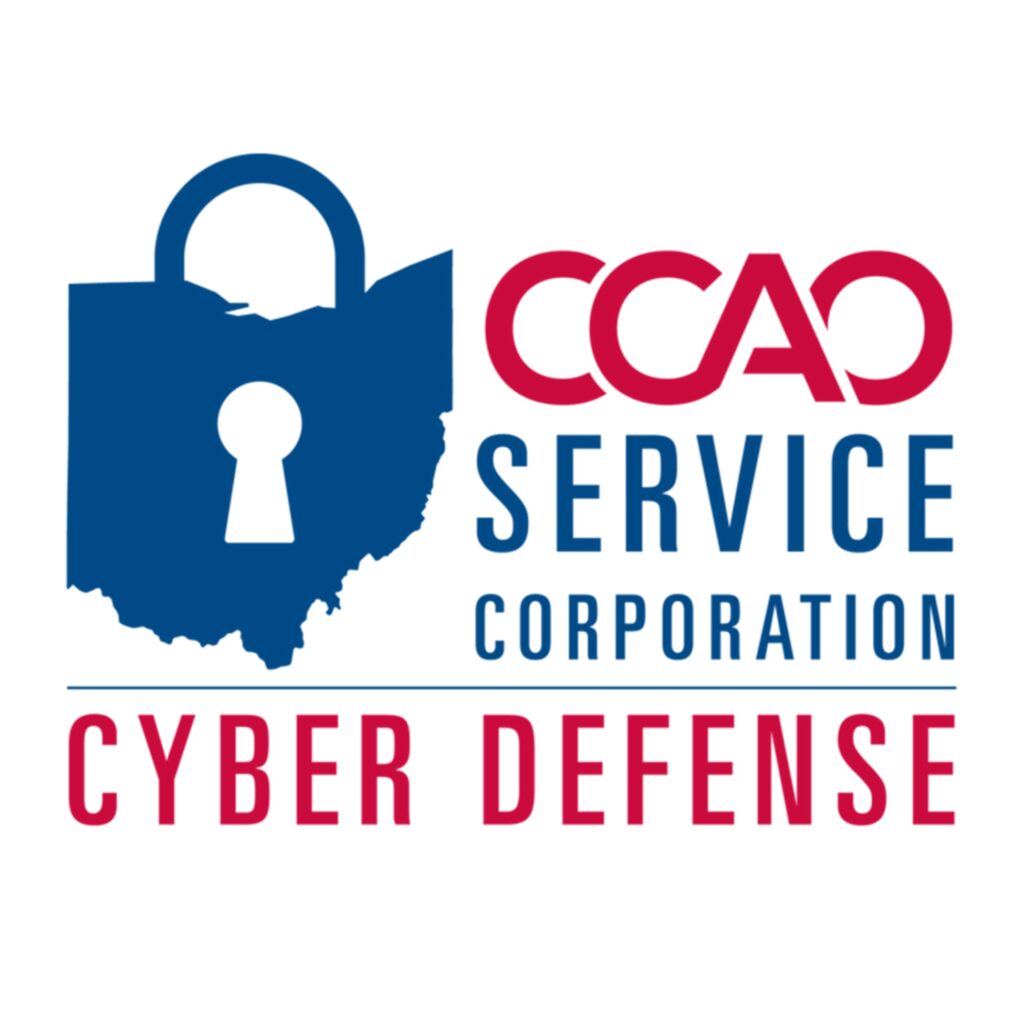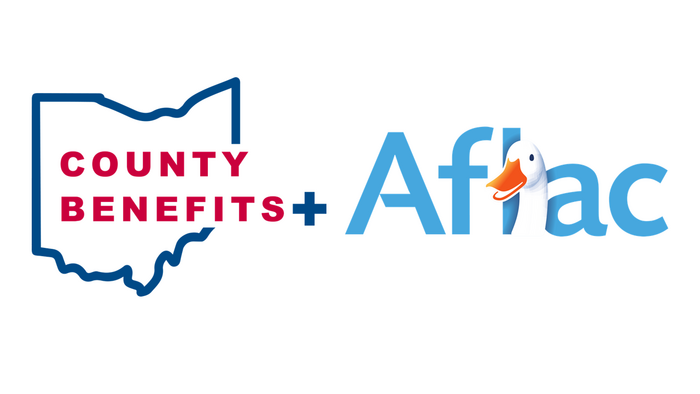Energy Conservation Measures or “ECM’s” are defined in Ohio legislation as an installation or modification of an installation in, or remodeling of, an existing building, to reduce energy consumption. This includes, but is not limited to, HVAC upgrades, building automation controls, lighting upgrades, and energy recovery systems.
Counties may finance energy conservation measures (also referred to as energy efficiency improvements) (“ECMs”) in a variety of ways, including the use an installment payment contract and/or through the issuance of notes. Installment payment contracts are often provided by the same entity that serves as the vendor of the ECMs (such entities are sometimes referred to as a “captive entities”) and other times, a financing may be provided by third-party lenders, such as a conventional financial institution. In either case, consideration should be given to making the repayment of the periodic installment payments subject to annual appropriation by the applicable board of county commissioners, which typically removes such installment payments from being treated as “debt” for state law purposes. As a practical matter, energy savings are often expected to be sufficient to repay the installment payments, so the phrase “it pays for itself” is commonly used. When energy savings are expected to be sufficient repay installment payments or debt service under a note, one or more state law debt limitations may be avoided, provided the repayment terms do not exceed the average life of the EMCs being financed. While counties that relay upon energy savings to pay principal and interest on installment payment contracts or notes may be subject to competitive bidding requirements, such requirements are designed to be a modified form of traditional competitive bidding, providing counties with greater flexibility when selecting a “winning bidder”; in addition, other statutes may be available that further mitigate or satisfy competitive bidding requirements.
Traditional methods of financing are also available when it comes to financing ECM’s such as notes, bonds and other types of public obligations. In many cases, these obligations will be considered “indebtedness” for purposes of state law debt limitations.
A key takeaway from this explanation is that there are a multitude of options to fund and finance facilities projects that can be classified as Energy Conservation Measures (“ECMs”). To get a greater understanding of how this may apply to your County’s specific situation, please reach out to Brad Ruwe at Dinsmore or your County FIRM representative.
Author

Brad Ruwe
Partner
Dinsmore & Shohl LLP
(513) 639-9237
bradley.ruwe@dinsmore.com





